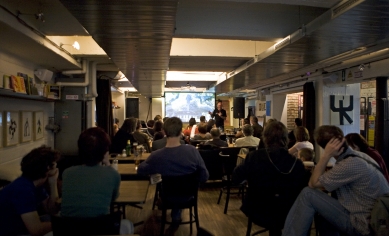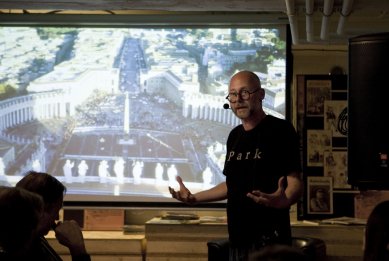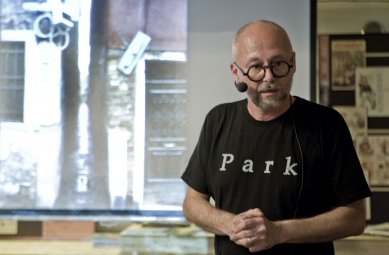Report on Petr Hurník's Lecture in Zlín
Report on Petr Hurník's Lecture in Zlín
The lecture by Petr Hurník in Zlín was an insightful event that attracted many attendees. He discussed various topics related to...
foto: Vendula Knopová



















